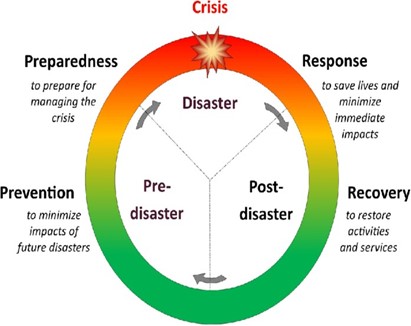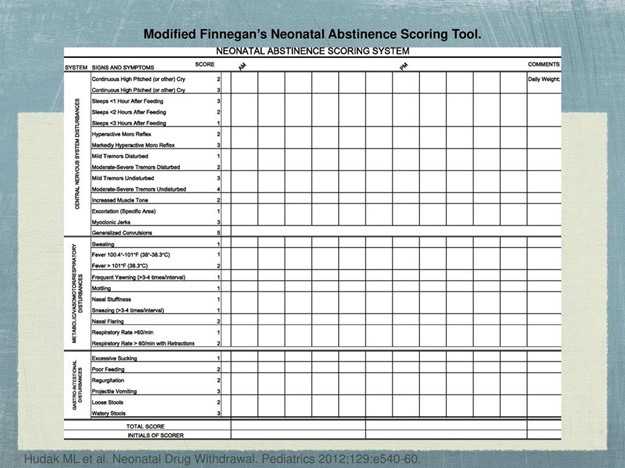During this phase of a disaster, evaluation of the disaster plan and cleanup of the area are hallmark activities.
Recovery
Response
Planning
Prevention
The Correct Answer is A
The recovery phase of a disaster is the period when the immediate danger has passed, and the focus shifts to restoring the affected area to its pre-disaster state. The hallmark activities during this phase include the evaluation of the disaster plan, as well as cleanup and rebuilding efforts to help affected individuals and communities recover from the disaster's effects. The recovery phase can last for weeks, months, or even years, depending on the severity and extent of the damage caused by the disaster.

Nursing Test Bank
Naxlex Comprehensive Predictor Exams
Related Questions
Correct Answer is C
Explanation
Effective health communication requires that messages be designed with the audience's needs and characteristics in mind, and pretesting is an important part of this process. Pretesting materials for feedback about comprehension helps to ensure that the messages are clear, understandable, and culturally appropriate for the target audience. This also allows the nurse to make any necessary revisions to improve the materials' effectiveness.
The nurse's target audience should be specific to those who have infants or who are expecting an infant, rather than including all residents, as this is too broad and may not effectively reach the intended audience. Additionally, the use of radio advertisements developed in English only may not be effective for reaching all members of the community, particularly those who do not speak English as their primary language. Lastly, materials written at a high school reading level may not be appropriate for all members of the community, particularly those with lower levels of literacy.
Correct Answer is C
Explanation
The Finnegan score is a tool used to assess and monitor newborns for withdrawal symptoms related to maternal substance use during pregnancy.

Whether you are a student looking to ace your exams or a practicing nurse seeking to enhance your expertise , our nursing education contents will empower you with the confidence and competence to make a difference in the lives of patients and become a respected leader in the healthcare field.
Visit Naxlex, invest in your future and unlock endless possibilities with our unparalleled nursing education contents today
Report Wrong Answer on the Current Question
Do you disagree with the answer? If yes, what is your expected answer? Explain.
Kindly be descriptive with the issue you are facing.
